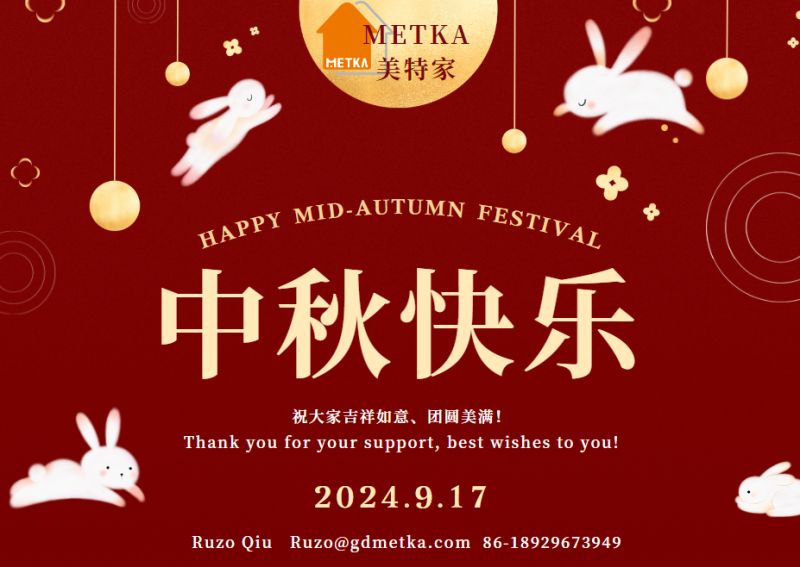The Mid-Autumn Festival, also known as the Moon Festival, is a significant cultural celebration in many East Asian countries, particularly in China. It falls on the 15th day of the 8th month of the lunar calendar, typically in September or October. Here are some key aspects of this cherished holiday:

1. Cultural Significance
The Mid-Autumn Festival marks the end of the harvest season and is a time for family reunions. It emphasizes the importance of togetherness and gratitude, as families come together to appreciate the beauty of the full moon, which symbolizes harmony and prosperity.
2. Mooncakes
One of the most iconic traditions of the festival is the sharing of mooncakes. These round pastries are often filled with sweet or savory fillings such as lotus seed paste, red bean paste, or salted egg yolks. Mooncakes are exchanged among friends and family as a gesture of goodwill and unity. In recent years, innovative flavors have emerged, appealing to a younger generation.
3. Legends and Myths
The festival is steeped in folklore, with the most famous legend being that of Chang'e, the Moon Goddess. According to the tale, she consumed an elixir of immortality and flew to the moon, where she resides. Her husband, Hou Yi, a legendary archer, is celebrated for saving the world from excessive suns. The story symbolizes love, sacrifice, and longing.
4. Customs and Celebrations
Celebrations often include lighting lanterns, which can be simple paper lanterns or elaborate designs. Lantern displays are common in parks and public spaces, creating a festive atmosphere. Some also enjoy traditional activities like solving lantern riddles and performing dragon dances.
In addition, families often gather to admire the full moon, reciting poetry or sharing stories. Offerings of fruits such as pomelos and grapes are made to express gratitude for the harvest.
5. Global Observance
While the festival is most widely recognized in China, it is also celebrated in other countries such as Vietnam, where it is known as Tết Trung Thu. Each culture has its own unique customs, such as the Vietnamese tradition of lion dances and the use of different snacks.
6. Modern Adaptations
In recent years, the Mid-Autumn Festival has evolved, with new customs integrating modern elements. Social media has become a platform for sharing festival greetings, and many people now send virtual mooncakes or gifts to friends and family who are far away.
The Mid-Autumn Festival is not just a time for celebration; it also serves as a reminder of the importance of family, gratitude, and cultural heritage. Whether through traditional practices or modern interpretations, the spirit of the festival continues to thrive across generations.

Post time: Sep-14-2024